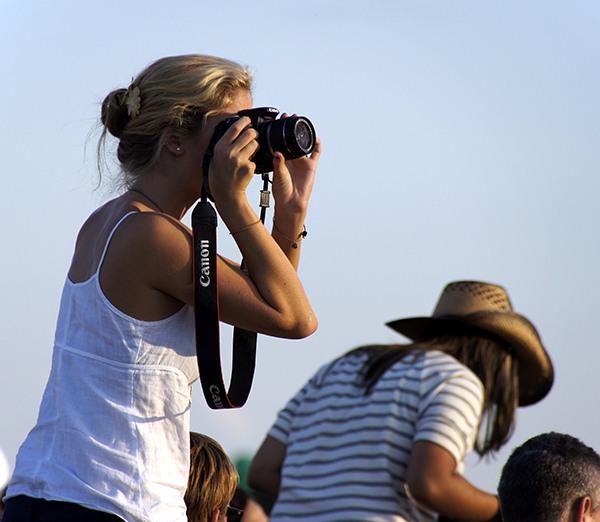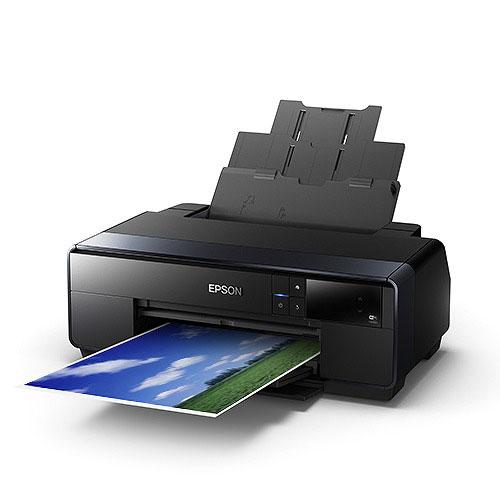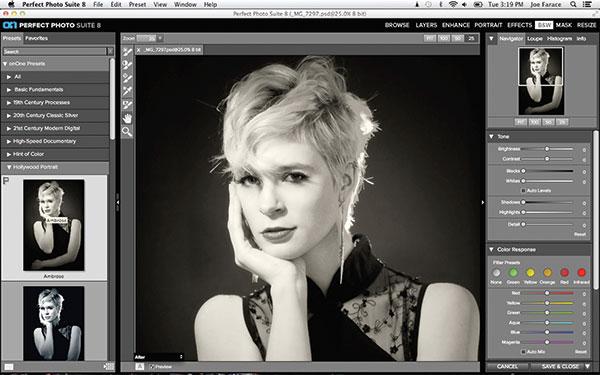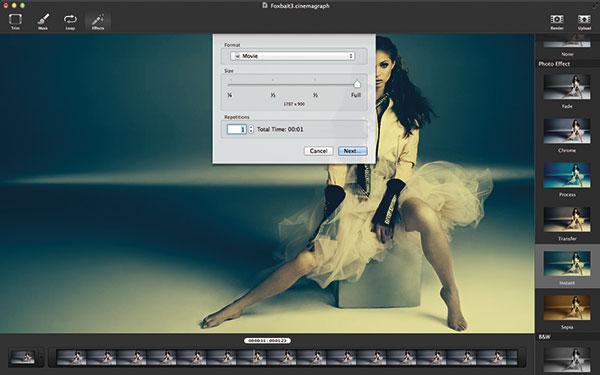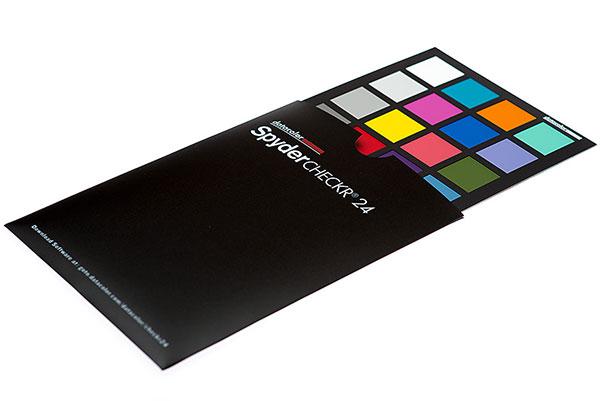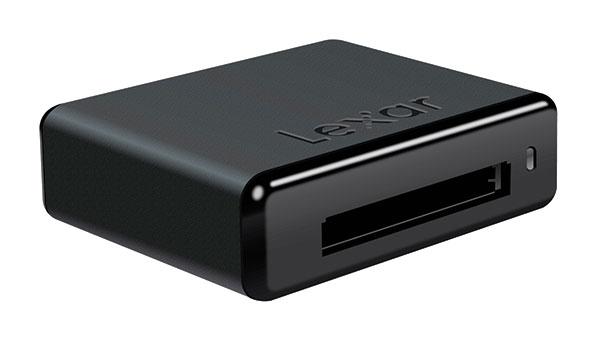Photo Accessory Reviews
Sort By: Post Date TitlePublish Date
|
Apr 24, 2015 |
|
Apr 23, 2015 |
|
Apr 16, 2015 |
|
Mar 12, 2015 |
|
Mar 05, 2015 |
|
Nov 06, 2014 |
|
Nov 04, 2014 |
|
Oct 28, 2014 |
|
Oct 23, 2014 |
|
Oct 16, 2014 |
|
Oct 09, 2014 |
|
Aug 05, 2014 |
|
Jul 11, 2014 |
First Published: Jun 01, 2014 |

